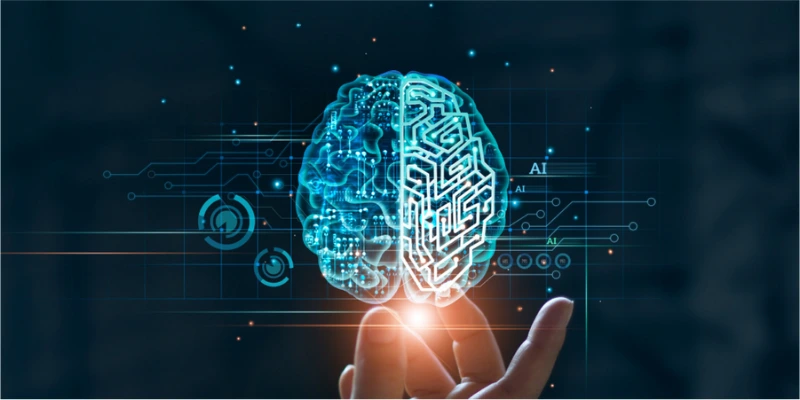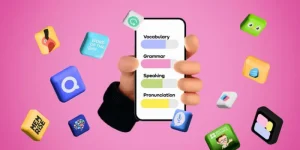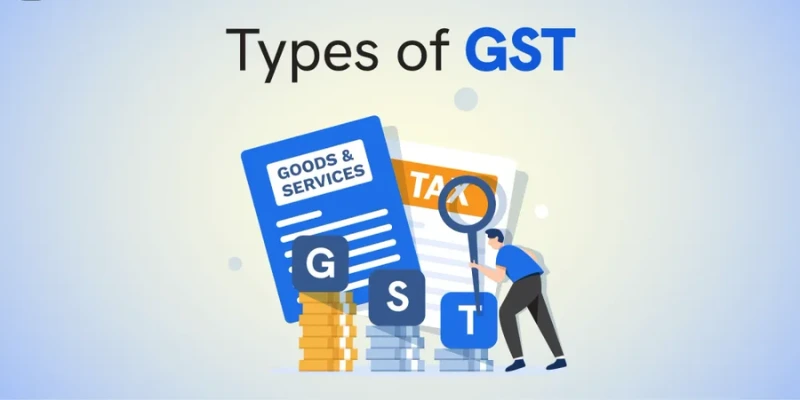Artificial Intelligence (AI) is transforming industries everywhere, in healthcare, education, entertainment, and beyond. But within this field, there’s been a massive shift: the rise of Generative AI. Unlike traditional AI, which concentrates on analyzing and predicting, generative AI is capable of creating brand-new content, whether that’s text, images, or even music.
For students and professionals, understanding how these two approaches differ is more than just academic knowledge it’s a career advantage. Many learners are turning to structured programs, such as a Generative AI Course in Chennai, to gain a comprehensive understanding of both worlds and prepare for the future of work.
So what makes generative AI different from traditional AI? Let’s explore in detail.
The Analyzer
Traditional AI has long been used to process existing data and provide meaningful outcomes. Think of it as a powerful assistant that analyzes patterns and helps people make smarter decisions.
You see this every day: spam filters deciding which emails are junk, recommendation systems suggesting your next Netflix series, or fraud detection tools protecting your bank account.
Its strength lies in recognizing and predicting based on the past. But it stops short of imagination it doesn’t produce anything entirely new.
The Creator
Generative AI, by contrast, is designed to create. Instead of merely analyzing existing content, it generates new material inspired by its learning. This could be a realistic portrait of a fictional person, an article draft, or even a brand-new song.
Some of the multiple impactful applications of generative AI include marketing visuals, product mockups, AI-assisted coding, and conversational systems that mimic human interaction. In short, it’s like giving machines a creative spark.
How They Differ
The difference becomes clear when you compare their roles. Traditional AI is built for recognition and prediction. It tells you what is likely to happen or what category something belongs to. Generative AI, on the other hand, is built for imagination and creation. Instead of just telling you which product you might like, it could actually design a product image for you.
Put simply: one explains the world as it is, while the other shows what could be.
A Rapid Transformation
The evolution of generative AI has been extraordinary. A few years ago, the outputs were clumsy and unrealistic. Today, AI tools can produce photorealistic images, write essays that sound convincingly human, and generate music that feels authentic.
This rapid improvement is why experts say generative AI will redefine search engines. Instead of providing a list of links, future search platforms may generate direct, conversational answers tailored to each user. It’s a leap beyond traditional systems that simply filter and rank existing content.
Why It Matters
Understanding the distinction between these two approaches isn’t just a technical curiosity it’s practical knowledge with real-world impact. Businesses can now choose when to rely on analysis-driven tools for accuracy and when to harness creative models for innovation.
For learners, this is also a major career opportunity. That’s why many are enrolling in programs such as an Artificial Intelligence Course in Chennai, where they can learn both data-focused AI techniques and generative systems. The variety of analytical and creative skills is becoming a highly valued asset across industries.
Challenges Ahead
Both forms of AI come with challenges. Traditional AI often struggles with bias, fairness, and transparency. Generative AI introduces new concerns like misinformation, deepfakes, and ethical ownership of created content.
The conversation isn’t just about technical capabilities it’s about how society uses these systems responsibly.
Traditional AI and generative AI serve different purposes. One focuses on analysis and prediction, while the other explores creativity and imagination. Together, they form the backbone of the next era of digital technology. And with the right Training Institute in Chennai, learners can gain the balance of theory, practical projects, and industry exposure needed to thrive.
Because the future won’t be about choosing between traditional and generative AI it will be about mastering both and knowing how to combine them to create meaningful impact.







